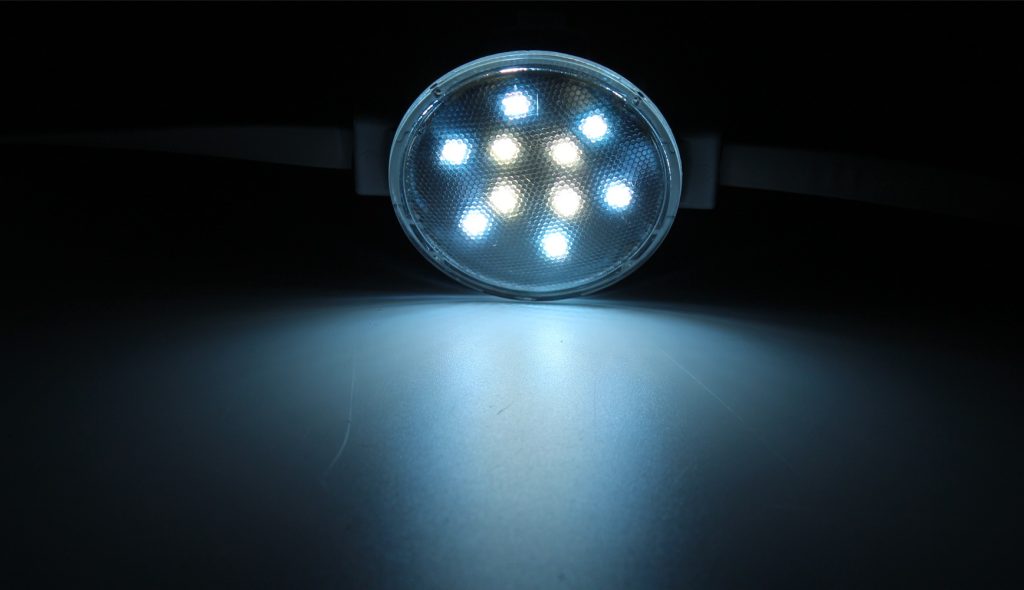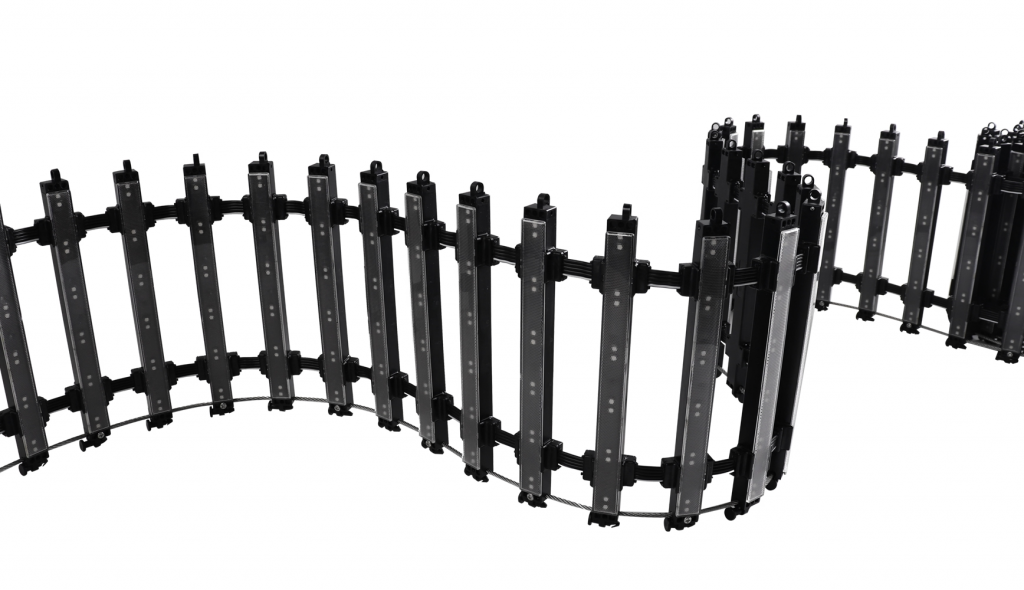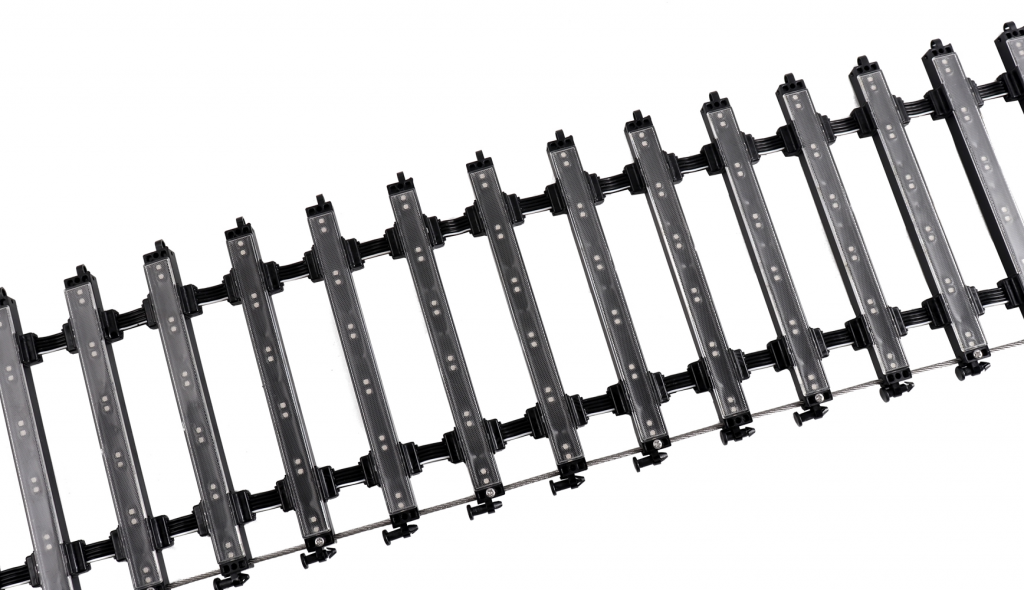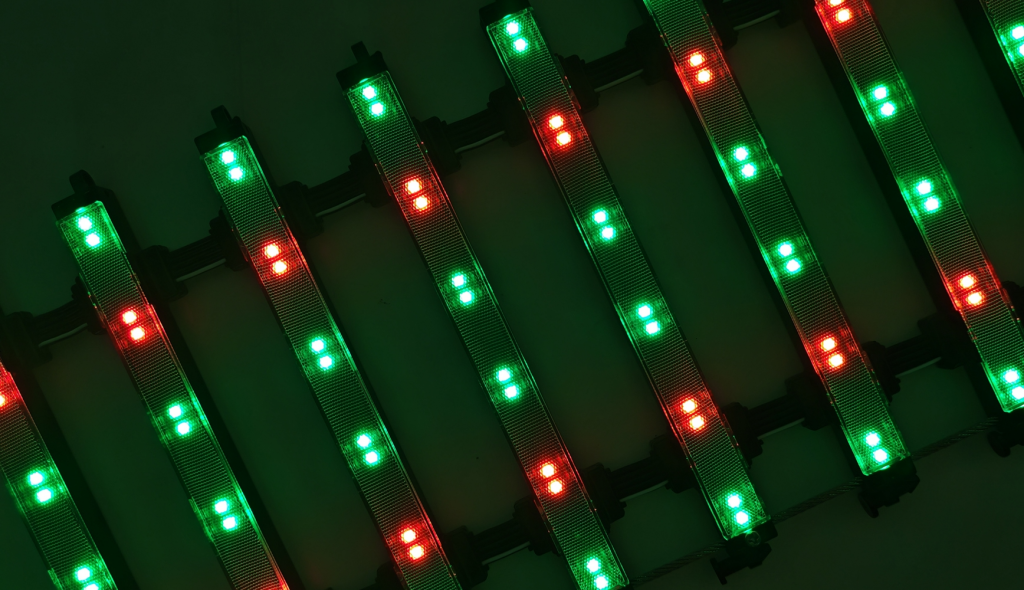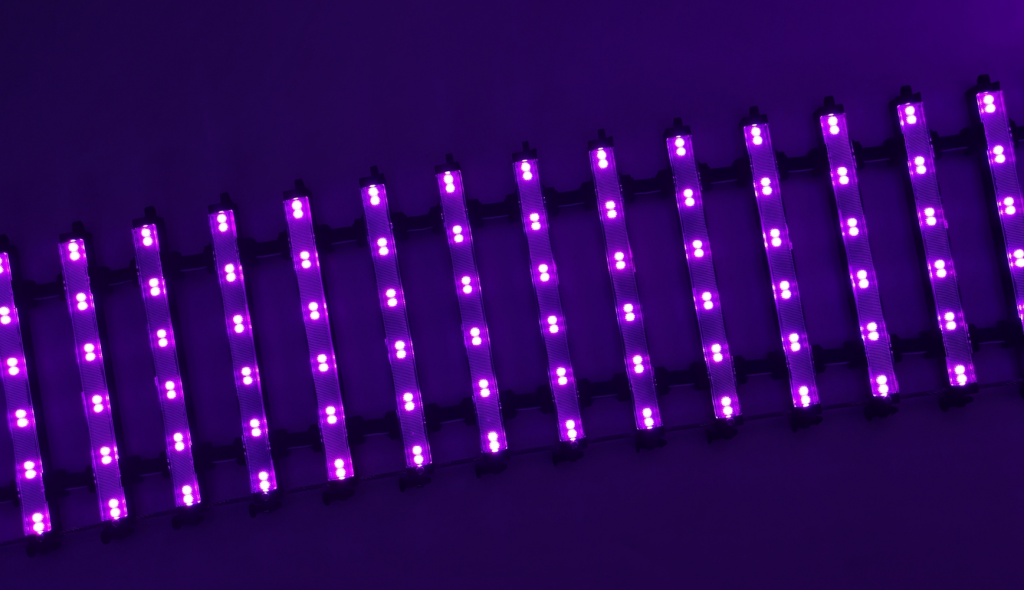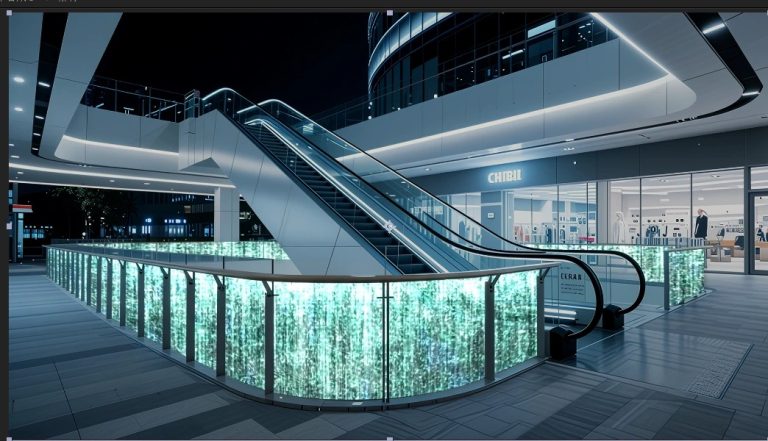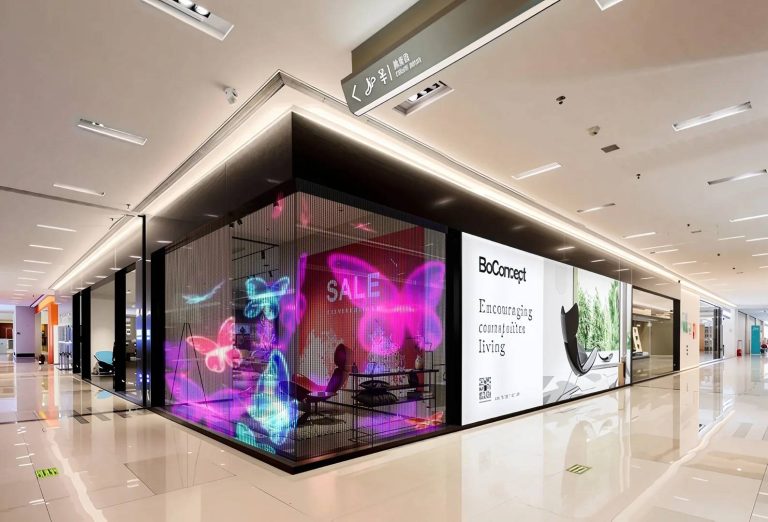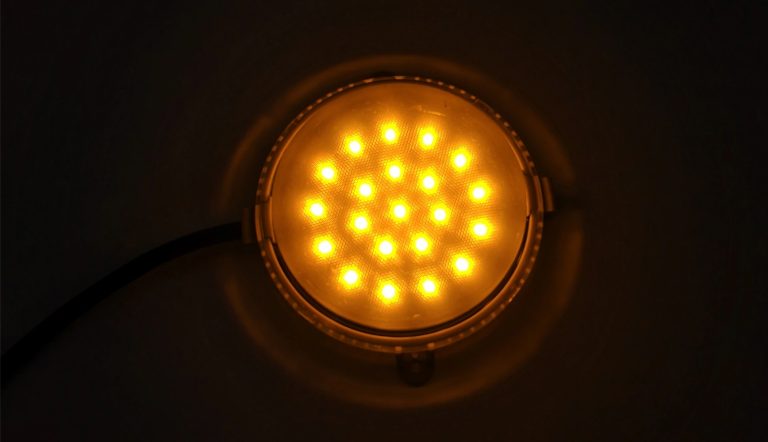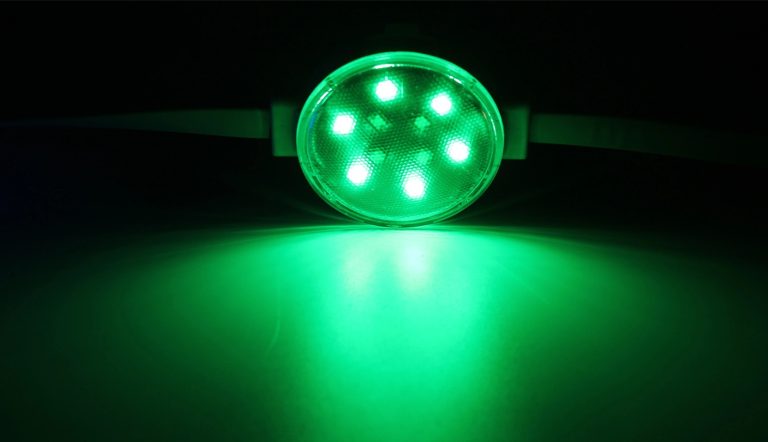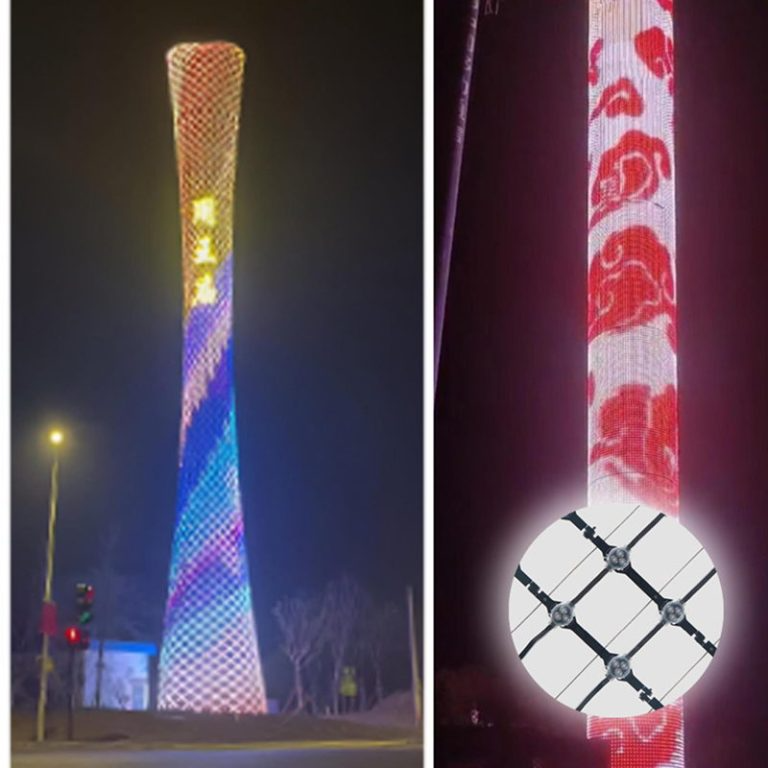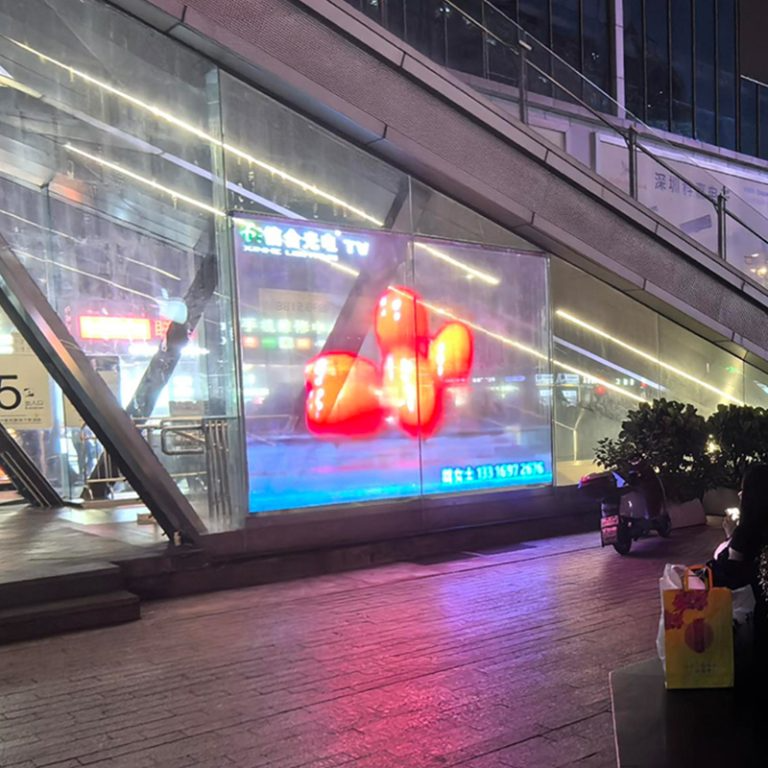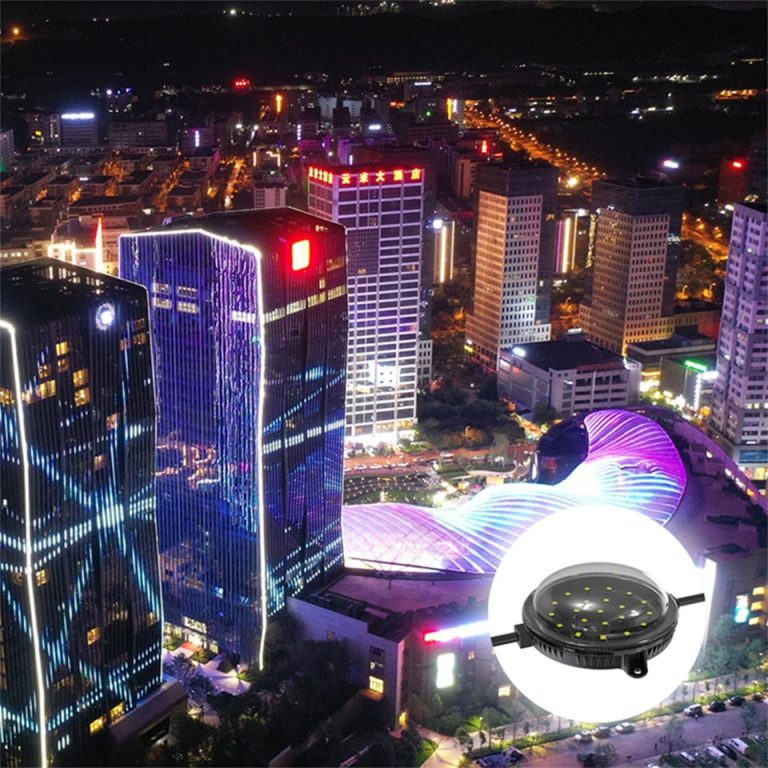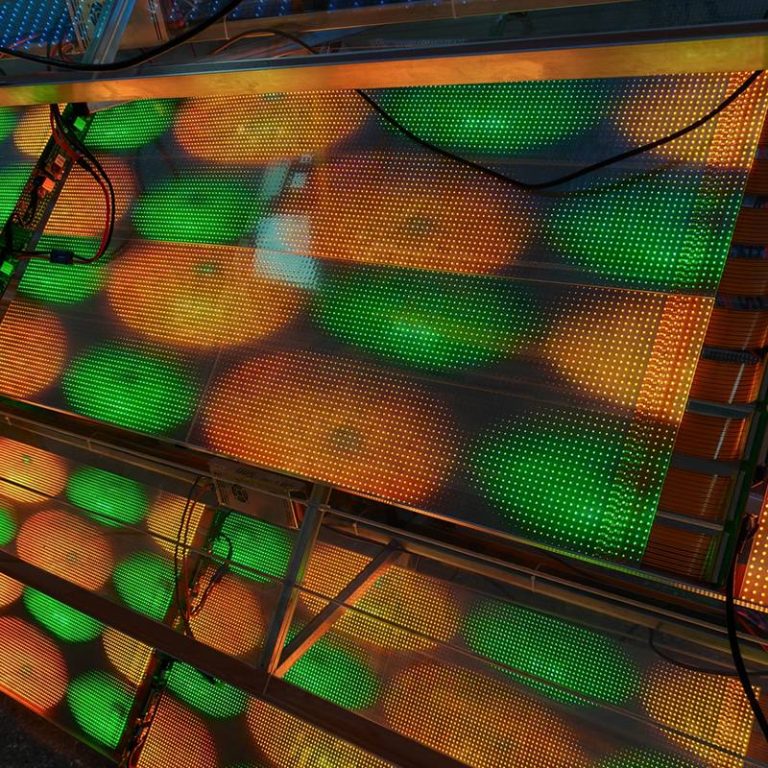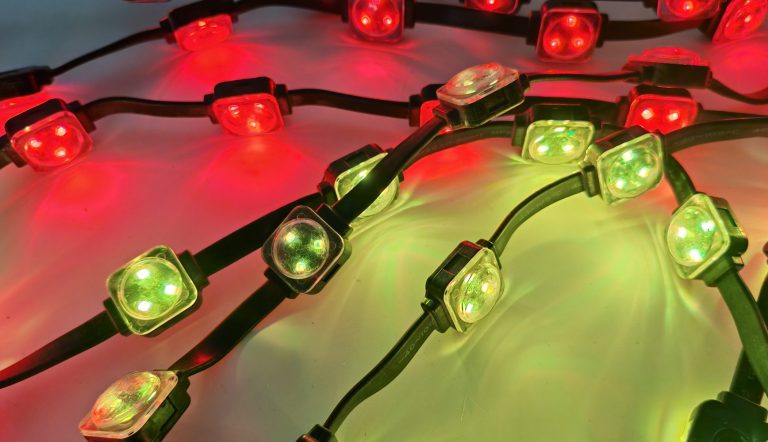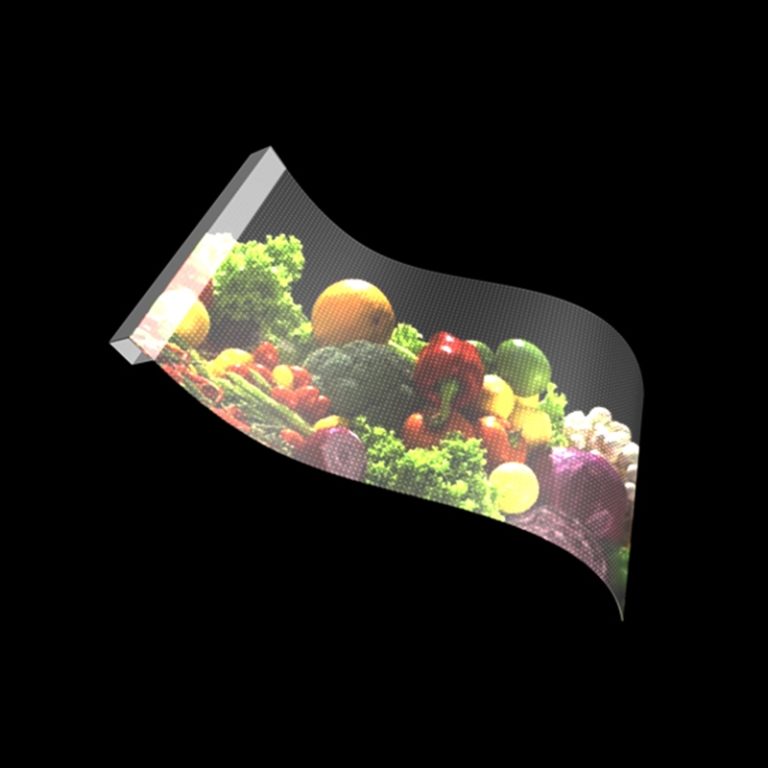If you’re in the lighting biz—whether it’s brightening up a city skyline, sprucing up a hotel entrance, or making a commercial space stand out after dark—you’ve probably faced the dilemma: go cheap on point light sources or spend more for quality? It’s easy to lean toward saving a buck upfront. But hold up. Choosing high-quality point light sources isn’t just about a better glow. It’s about making a savvy business move. In this post, we’ll dig into the long-term payoff of high-quality point light sources with a clear cost-benefit breakdown. We’ll crunch numbers, highlight real-world wins, and show why cutting corners might burn you later. Stick with us—you might rethink that lowball bid by the end.
What Are Point Light Sources and Why Quality Counts
Point light sources are those nifty little LED lights that pack a punch, perfect for outlining buildings, creating dazzling media displays, or adding flair to cityscapes. Picture them as tiny pixels in a massive outdoor screen—small but crucial. You’ll spot them on municipal bridges, star-rated hotels, or urban complexes, turning boring structures into nighttime eye-catchers.
But here’s the deal: not all point lights are the same. Top-notch ones, like those with IP67 waterproofing and sturdy PC materials, laugh off rain, dust, and UV rays. Cheap ones? They often fizzle out fast, leaving you with flickering signs or dead lights. I’ve seen projects where bargain lights gave up after one stormy season. That’s not just annoying—it’s costly. Quality counts because it’s tied to dependability. When your lights last over 30,000 hours, you’re not just dodging replacement costs. You’re keeping your project looking sharp and professional for years.
Reliability: High-quality lights stay bright and consistent, no matter the weather.
Longevity: They last longer, cutting down on constant fixes.
Appearance: They keep your display vibrant, drawing eyes and boosting appeal.
Breaking Down the Costs: Upfront vs. Long-Term Expenses
Let’s talk money. High-quality point light sources can hit your wallet hard at first. A basic, no-frills LED point light might cost $0.50 to $1 each. A premium one with DMX512 control and flame-retardant casing? You’re looking at $2 to $5. For a big project with thousands of units, that difference stings.
But here’s where the cost-benefit breakdown kicks in. Think beyond the initial price tag. Consider maintenance, energy bills, and downtime. Quality lights are stingy with power—often 0.6W to 2W per unit—while shining bright (up to 52 lumens at 6500K). Cheaper ones burn more juice and fade faster due to light decay. Over five years, that efficiency can trim your energy costs by 20-30%, based on real-world urban lighting projects.
Here’s a quick look at a 1,000-unit installation on a building facade:
| Aspect | Low-Quality Point Lights | High-Quality Point Light Sources |
| Initial Cost per Unit | $1 | $3 |
| Total Initial Cost | $1,000 | $3,000 |
| Energy Use (per year, 8 hours/night) | $500 (higher wattage) | $300 (efficient LEDs) |
| Maintenance/Replacements (5 years) | $2,000 (frequent failures) | $500 (durable, low decay) |
| Total 5-Year Cost | $5,500 | $5,000 |
| ROI Break-Even Point | N/A (ongoing losses) | Year 2 |
See that? High-quality point light sources start saving you money by year two. Lower energy and repair costs add up fast. Plus, there’s the stuff you can’t put a price on—like a dim display chasing away clients or tenants. From talking to project managers, I’ve learned those “hidden” costs can hit you twice as hard.
The Real Perks That Boost Your Profits
Beyond the cash, high-quality point light sources deliver serious bang for your buck. First up, they’re tough. With salt spray resistance and impact ratings up to IK10, they stand up to brutal conditions—think coastal bridges pounded by wind and salt. No need to send crews up ladders every few months to swap bulbs.
They’re also easy on the power bill. Top-tier LEDs turn more electricity into light, not heat. That means cooler operation and a longer life. In a city commercial complex, this could cut your power draw by 15-25%. Plus, they’re green, which might score you tax breaks or eco-certifications. Who doesn’t love a bonus?
Installation’s a breeze too. Quality models often come with quick-mount options—steel wire bases, adhesive, or screws. That can halve your labor time. And let’s talk looks. Pure, steady colors (RGB, RGBW options) that don’t fade keep your display popping. I once saw a hotel swap to quality lights, turning a dull entrance into a selfie magnet—free marketing right there.
Here’s what you get:
Less Downtime: Fewer breakdowns keep your project lit, avoiding lost revenue from dark spots.
Scalability: Modular designs let you grow your setup without a full overhaul.
Safety: Flame-retardant materials and low-voltage operation (DC12V-24V) reduce risks in public spaces.
These perks pile up over time, turning your purchase into a long-term win.
Real-World Examples: Where Quality Shines
Imagine a city street lined with municipal buildings. The team picks budget point lights to save cash. Six months later, after a harsh winter, half the lights are toast—faded from UV rays or fried by water. Repairs cost $10,000, and the street looks like a ghost town.
Now picture the opposite. Another project uses high-quality point light sources with IP67 sealing and 120° luminous angles. Three years in, they’re still glowing strong, saving $15,000 in energy with zero major fixes. Data from riverside displays shows ROI hitting 150% over five years. Or take a star-rated hotel: Bright, reliable lighting cuts bills and boosts guest reviews, driving up bookings. This isn’t just talk—it’s what I’ve seen in industry reports and heard from installers.
Small projects can benefit too. Even a modest ad sign stays vibrant longer with quality lights, saving you hassle. For big setups, though? Quality is your lifeline.
How to Figure Out Your Own ROI
Calculating ROI isn’t hard. Use this formula: ROI = (Savings – Costs) / Costs x 100. Savings come from energy, maintenance, and longer life. Costs are what you pay upfront and over time. Say you spend $5,000 on high-quality point light sources and save $2,000 a year on power and repairs. In three years, that’s $6,000 in savings—a 120% ROI.
Spreadsheets make it easy. Plug in your wattage, usage hours, and local energy rates (like $0.12/kWh). Don’t forget to account for rising energy costs—they’re sneaky. If you’re stuck, ask your supplier; many have tools based on real project data.
One thing to keep in mind: opportunity costs. A solid setup might land you bigger gigs, like multi-building media screens. I’ve seen it happen—a reliable display catches the eye of developers looking for their next big project.
Introducing XinHe Lighting: Your Go-To for Point Light Sources
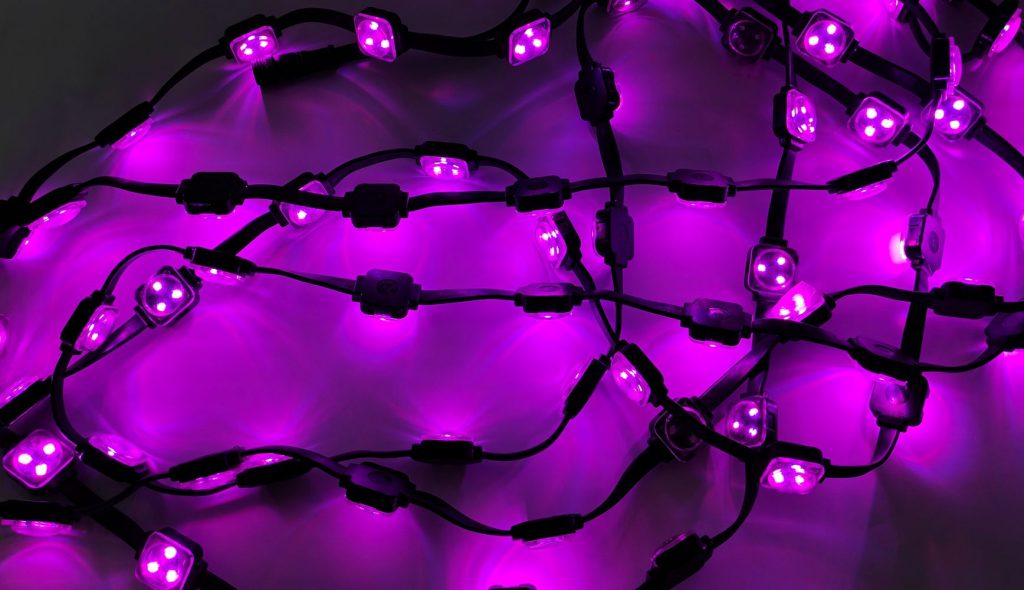
When you need top-quality point light sources, Éclairage XinHe has your back. Based in Shenzhen, China, and founded in 2004, XinHe has been perfecting LED point lights and mesh screens for over 20 years. Their “Haricot Miracle” series, with IP67 waterproofing and customizable DMX512 controls, is a game-changer. With a 6,000m² factory and certifications like ISO9001 and ISO14001, they deliver durable, energy-saving lights backed by over 80 patents. Whether you’re lighting up a bridge or a hotel, XinHe’s team offers design plans, budgets, and hands-on support to make your project a success. They’re all about putting quality first.
Conclusion
At the end of the day, the long-term ROI of high-quality point light sources comes down to smart choices and real staying power. The upfront cost might make you wince, but the savings on energy, repairs, and stress make it worth it. By going with quality, you’re not just lighting up spaces—you’re building value that lasts. If you’re planning your next project, do the math. The numbers don’t lie.
FAQs
What’s the long-term ROI of high-quality point light sources?
It’s the total return you get over years, weighing initial costs against savings from durability, low energy use, and fewer repairs. A cost-benefit breakdown might show 100-150% ROI in five years for projects like building outlines, thanks to less maintenance and power savings.
How do high-quality point light sources save energy?
They use efficient LEDs—0.6W to 2W—while staying bright. That can cut your bills by 20-30%. In a cost-benefit analysis, this means you could break even in 1-2 years, especially for displays that run all night, like urban streets.
What are the risks of choosing cheaper point light sources?
You might face frequent failures, leading to dark spots, repair crews, and lost appeal. A cost-benefit breakdown often shows these hidden costs outweigh initial savings, hurting your long-term ROI.
Can small projects benefit from high-quality point light sources?
Totally. Even for smaller signs, the durability and low maintenance pay off. A cost-benefit analysis shows long-term ROI from less hassle and longer-lasting lights, no matter the project size.
How do I do a cost-benefit analysis for point light sources?
Grab your project details—number of units, hours used, energy rates—and compare cheap vs. quality options. Suppliers often have tools to help you nail down the long-term ROI fast.

